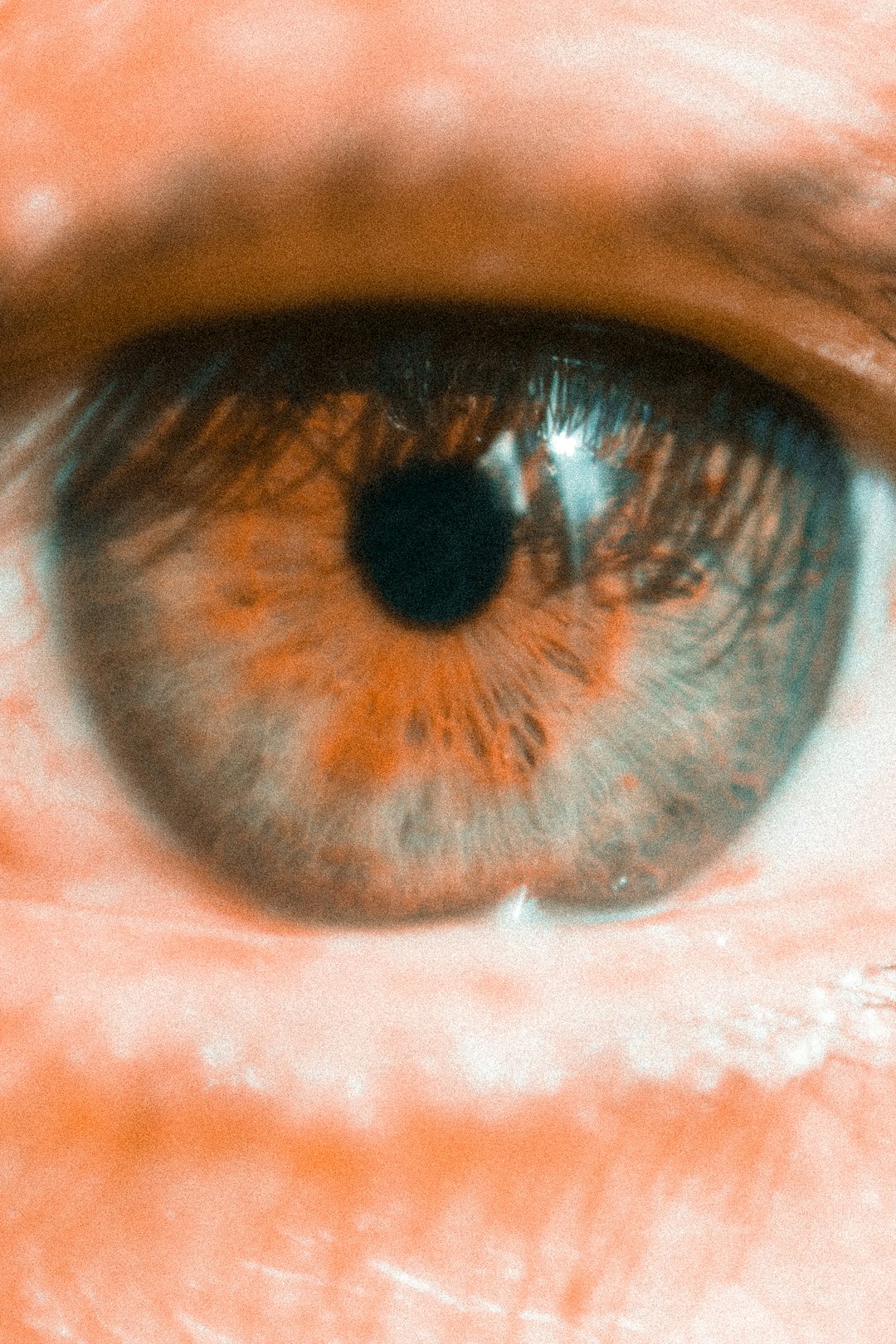Many people believe that can ideas can be copyrighted, but is this the case? If you have an idea and it has not been put into some physical embodiment, can it be copyrighted? This article will go over three points about copyrighted material.
Why Is Copyrighting Important?
Copyright can be a potent tool for content creators. This includes authors, musicians, artists, and entrepreneurs building businesses around their creativity (like fashion designers or software developers). It can help protect the things you create from being misappropriated by others and provide a vehicle to commercialize your work to earn money through licensing deals with third parties who want the use of those creations. At its most basic level, copyright is supposed to act like a safety net that enables some control over how one’s original ideas are used so they can benefit financially if someone wants to build off them commercially. However, copyright protection has many limitations. Many countries don’t offer it outside certain narrow circumstances, such as computer programs or sound recordings. The penalty for stealing an idea is essentially nothing, but if that person decides to act upon your ideas and use them in their work, they can face up to three years in prison.
Can Ideas Be Copyrighted? An idea can only be protected once it is in a tangible form. One example of this would be to write the idea down or create a sketch that shows how you think your invention should work. Once you have done one of these things, then and only then can someone else not steal your originality as their own.
What Can’t Be Copyrighted?
Some things can’t receive copyright protection because they do not meet specific standards of creativity or originality; these include ideas, facts, titles used within books and periodicals such as magazines, newspapers, and journals, names and short phrases, and blank forms like time-tables or graph paper. Additionally, anything considered functional cannot be copyrighted either. Functional items have a practical purpose with no embellishment other than what is necessary to make them perform their function better, i.e., if you buy an appliance for your home, there will be controls and settings, but the machine can’t be copyrighted.
What Is Needed For Work To Be Protected By Copyright?
For an idea to be protected by copyright, it must meet three criteria: First, the material being considered for protection cannot generally have been published before its application date. Second, it must possess minimal creativity or originality (this is where ideas and facts get excluded because they can’t usually reach this bar). Thirdly, you can only protect new forms of expression, not old ones, i.e., you can’t copyright a song that sounds like another already on the market. Still, if your song has lyrics different from any other out there, those could potentially receive protection). This process can take place in as little as six months, depending on how quickly an examiner can decide.
To summarize, ideas can only be copyrighted if they are expressed in a tangible form. This can be done by writing it down or including a sketch of the concept.





